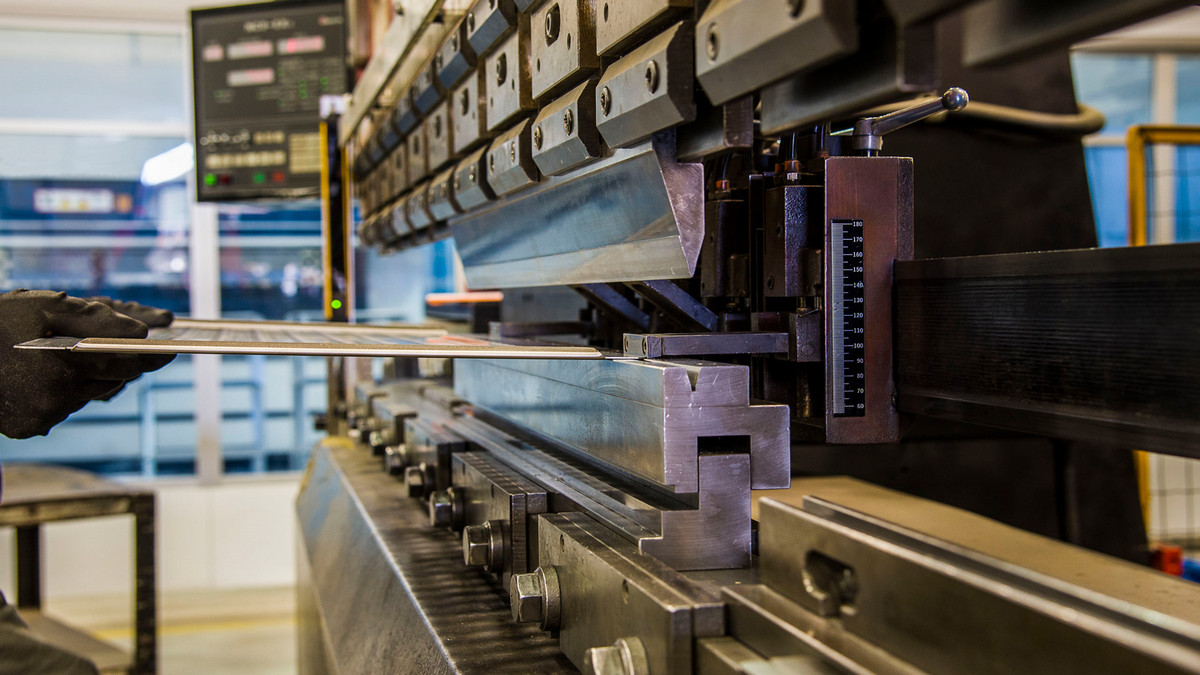A tape measure is a common measuring tool designed for measuring great lengths, yet compact enough to be easily carried in a pocket or toolkit. The typical tape measure consists of a long strip of metal, fiberglass, or cloth encased in a durable plastic or metal housing. The tape is marked with measurements, usually in both inches and feet, as well as centimeters and meters, allowing for measurements in both the imperial and metric systems. Most feature a locking mechanism to ensure the tape stays extended while measuring. With a simple press of a button, a spring mechanism inside the housing smoothly retracts the tape for storage after use.
Tape Measure History
The earliest precursors to the tape measure we know today were lengths of cloth, ribbon, or knotted ropes, often wound around a reel. The iconic tape measure design we recognize today emerged in the early 19th century when a clever Frenchman named Alphonse Girard patented the first spring tape measure—a retractable, coiled metal strip encased in a housing. It was a revolutionary concept, replacing the cumbersome wooden ruler with a compact and portable solution. Since then, tape measures have evolved into indispensable tools, now found as a standard in every toolbox and pocket across the globe.
Tape Measure Types
Spring-Return Pocket Tape Measures
There are two basic types of tape measures: spring-return pocket tape measures and long tape measures. The spring-return pocket tape measures are the most common, as they are small, compact, and easily fit in a pocket. The tape is returned to the case by a spring mechanism. To maintain their compactness, these pocket tape measures usually come in lengths of up to 10 meters (33 feet) and widths of 6 to 25 millimeters (0.24 to 0.98 inches) They can even be designed in miniature form to be used as a keychain fob, or novelty item.
Pocket tape measures are designed for general-purpose measurements in carpentry, construction, woodworking, and DIY projects. They often use a stiff, curved metallic ribbon that can remain straight and stiff when extended but retracts into a coil for convenient storage.
These tape measure have a movable hook or tang on the end of the tape designed to help measure both inside and outside dimensions accurately. The tang is connected to the tape with loose rivets through oval holes and can move a distance equal to the thickness of the tang. When making an inside measurement and pushing the end of the tape against the beginning of the area to be measured, the tang slides in to compensate for its thickness. For outside measurements, the tang slides out, so the measurement accurately starts from the inside of the tang.
Long Tapes
A second tape measure design is what is called the long tape. These generally have larger casings as they often have tapes up to 200 m (400 feet) in length. They are designed for engineers and builders for measuring extended distances, such as in land surveying or construction site layout.
Instead of being returned by a spring, long tapes are usually returned by hand crank. The record the longest tape measure ever made stretches a whopping 600 feet, enough to measure the height of the Statue of Liberty – twice!
Reading a Tape Measure
Most tapes sold in the United States are based on inches and feet, but the sale of dual Metric/US Customary scale measuring tapes is slowly becoming more common. The use of millimeter-only tape measures for housing construction is a part of the US metric building code. This reduces arithmetic errors, as measuring in millimeters rather than centimeters produces whole (integer) numbers during measurements.
Special Markings
Many US tapes feature special double arrows and diamonds as reference markings. For example, carpenter’s tape measures often have double arrows every 16 inches to determine stud spacing. This 16-inch interval is a standard in US construction: three spaces of 16 inches add up to exactly 4 feet, which is the standard width of a sheet of plywood or particle board. Additional marks, shaped like small black diamonds and appearing every 19.2 inches, are used to indicate equal spacing for joists (five joists or trusses per US standard 8-foot length of building material)
Material Matters
Tape measures are crafted from various materials, such as steel, fiberglass, and even nylon-coated steel. Steel provides robustness but can be heavy, whereas fiberglass offers flexibility and resistance to moisture. Typically, the tape is coated with materials like nylon or Mylar to ensure a smooth, rust-resistant surface and protect against wear and tear. Steel tapes are usually stamped or laser-etched with measurements for accuracy and longevity.
While the tape measure may seem like a simple tool, it proves to be invaluable for use in construction, carpentry, and even DIY projects, ensuring convenient and easy measurement in a multitude of tasks.






.png)







